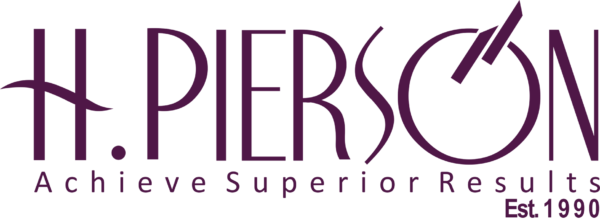October 31, 2024 Risk Mini
OPPORTUNITIES IN 2025 – GENERAL
- Telecommunications
- Financial Services
- Entertainment and Media
- Agriculture
- Solid Minerals
- Technology
- Construction
These sectors offer exciting opportunities for investment and innovation, driving Nigeria’s economic growth and diversification.
Nigeria’s top growth sectors for 2025 are shaping up to be incredibly promising. Here are the key areas to watch:
- Telecommunications: This sector has seen tremendous growth, with the number of telephone lines increasing from 400,000 in 2001 to over 140 million currently ¹. This growth is attributed to the deregulation policy of the government. Expect this trend to continue, driven by the country’s large population and increasing demand for mobile services.
- Financial Services: Nigeria’s financial sector has experienced strong growth since liberalization began in 1990. The banks have become bigger, with better corporate governance, and now operate across Africa, financing larger transactions. The banking industry is robust, with customer deposits exceeding N33 trillion (US$100 billion), and is expected to continue growing.
- Entertainment and Media: Nigeria is projected to be the world’s fastest-growing entertainment and media market, with a 12.1% compound annual growth rate (CAGR) ². This is fueled by surging spending on mobile internet access and a growing demand for digital content.
- Agriculture: This sector contributes 25% of Nigeria’s GDP and accounts for 48% of the labor force, with opportunities in commercial farming, livestock, aquaculture, and hydroponics. The Nigeria Industrial Revolution Plan (NIRP) aims to promote agro-allied industries, providing an actionable plan for industrialization. With Nigeria’s vast agricultural potential, this sector is ripe for growth. Focus areas include agro-processing, aquaculture, and farm-to-table ventures.
- Solid Minerals: NIRP also focuses on developing the solid minerals sector, leveraging Nigeria’s comparative advantage
- Technology: As Nigeria’s tech industry continues to boom, expect growth in fintech, healthtech, edtech, and data analytics.
- Construction: Nigeria’s construction market is expected to grow 3.2% annually between 2022 and 2025.1
OPPORTUNITIES IN 2025 – FOR SMEs
Here are some exciting business opportunities for SMEs in Nigeria in 2025:
- Agriculture and Agribusiness
- Tech Startups
- Renewable Energy
- Health and Wellness Services
- Waste Management and Recycling
Other opportunities to consider:
E-commerce
Digital Marketing
Business Consulting’
Here are some exciting business opportunities for SMEs in Nigeria in 2025:
Agriculture and Agribusiness: With Nigeria’s large population and growing demand for food, agriculture and agribusiness are lucrative ventures. Consider investing in AgriTech, food storage solutions, food processing, and export ¹.
Tech Startups: Nigeria’s tech industry is booming, and startups can thrive in fintech, healthtech, edtech, and data analytics. With a growing middle class and increased smartphone penetration, digital payment solutions, mobile banking, and peer-to-peer lending platforms are in high demand ¹.
Renewable Energy: As Nigeria shifts towards sustainable energy, solar power installations, biomass energy, and hydropower opportunities are emerging. Entrepreneurs can establish solar power installations for residential, commercial, and industrial use ¹.
Health and Wellness Services: With a growing awareness of holistic well-being, fitness centers, wellness retreats, specialized health services, nutritional counseling, and mental health support are in demand ¹.
Waste Management and Recycling: Recycling collection and sorting, plastic recycling plants, organic waste composting, and e-waste recycling are essential for environmental preservation and can generate substantial economic value ¹.
Other opportunities to consider:
E-commerce: Online sales are projected to grow, making e-commerce a promising venture.
Digital Marketing: Help businesses establish an online presence and thrive in the digital landscape.
Business Consulting: Offer expertise to businesses navigating the ever-changing market.
Remember to conduct thorough market research and create a robust business plan to succeed in any of these ventures.










